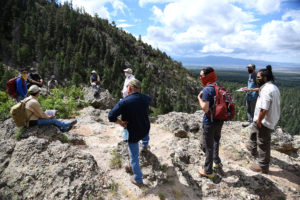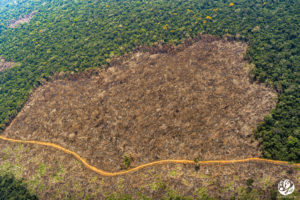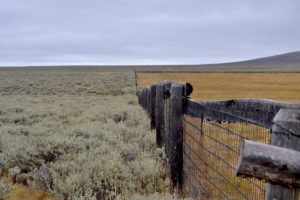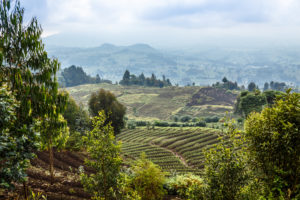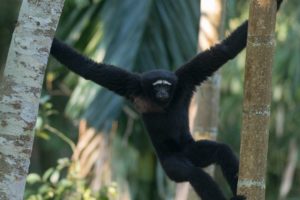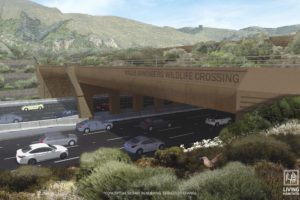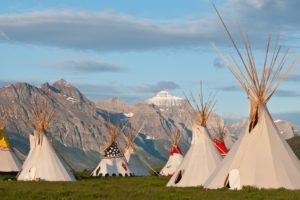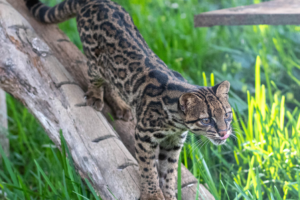Grant Program Drives Collaborative, Local Action to Achieve National Conservation Goals
This is a watershed moment for conservation in the United States. The Biden administration’s America the Beautiful initiative—along with the Bipartisan Infrastructure Law and Inflation Reduction Law—is driving unprecedented levels of funding into the restoration, stewardship, and conservation of our lands and waters. But this influx of federal project delivery funding reveals a gap that needs to be filled: the on-the-ground capacity to get the work done. The Catalyst Fund, with support from the Doris Duke Charitable Foundation and the William and Flora Hewlett Foundation, aims to build capacity and help local and regional partnerships contribute toward achieving national conservation goals.
